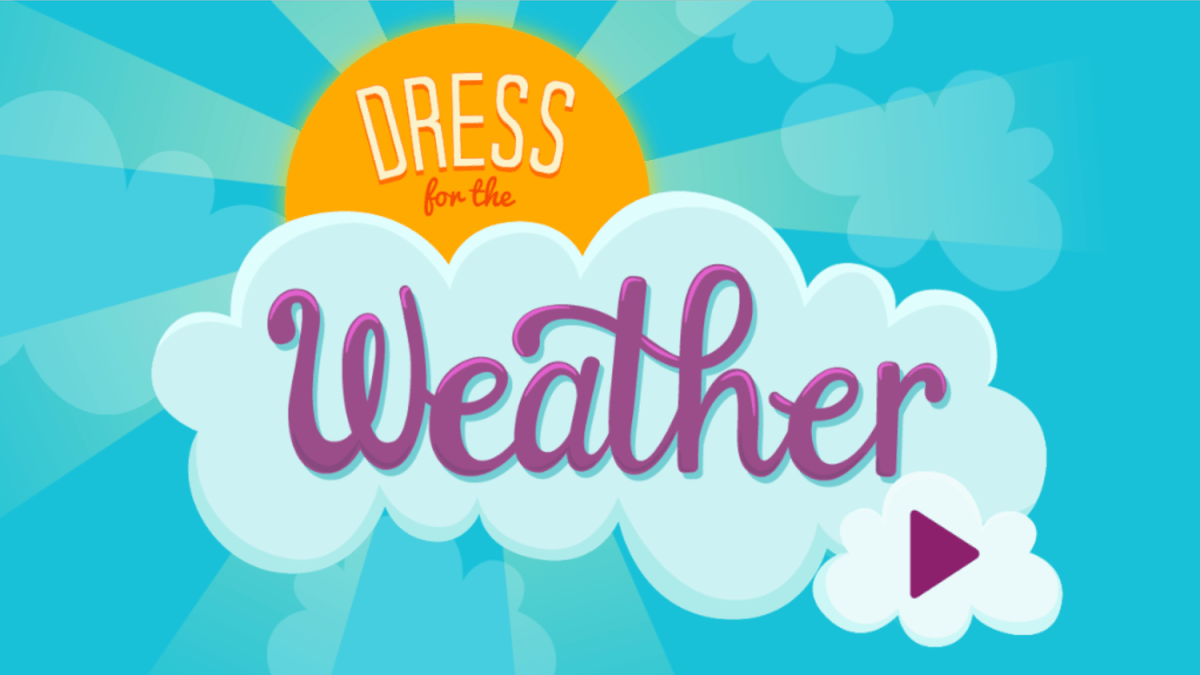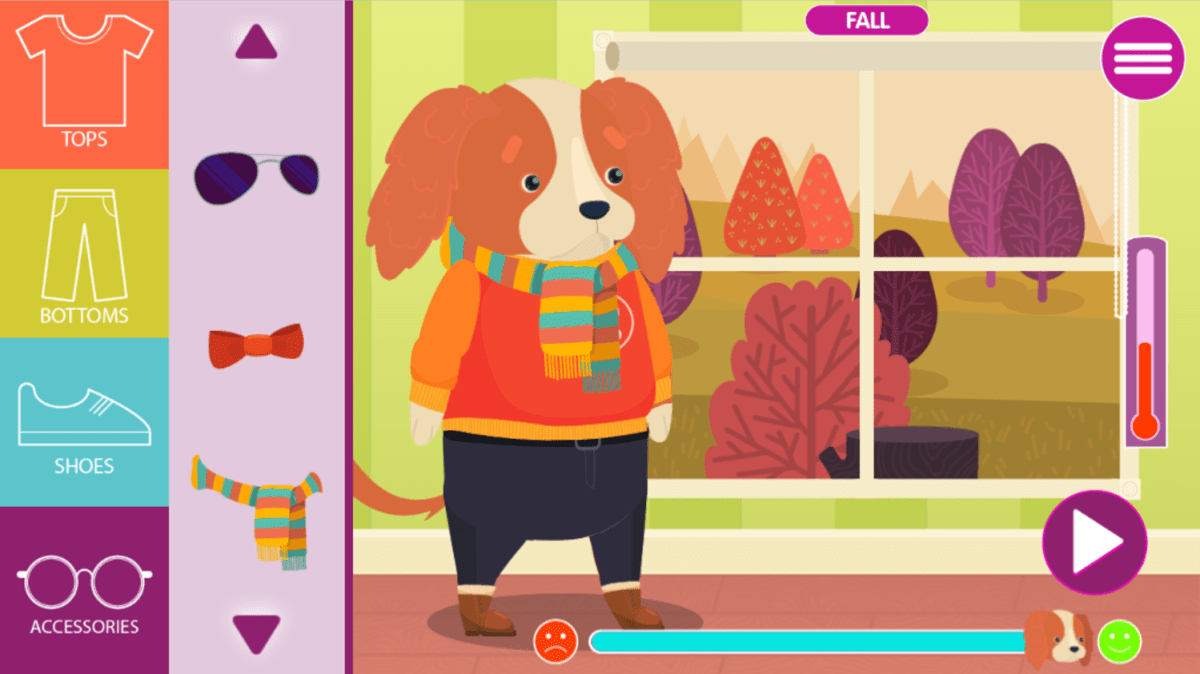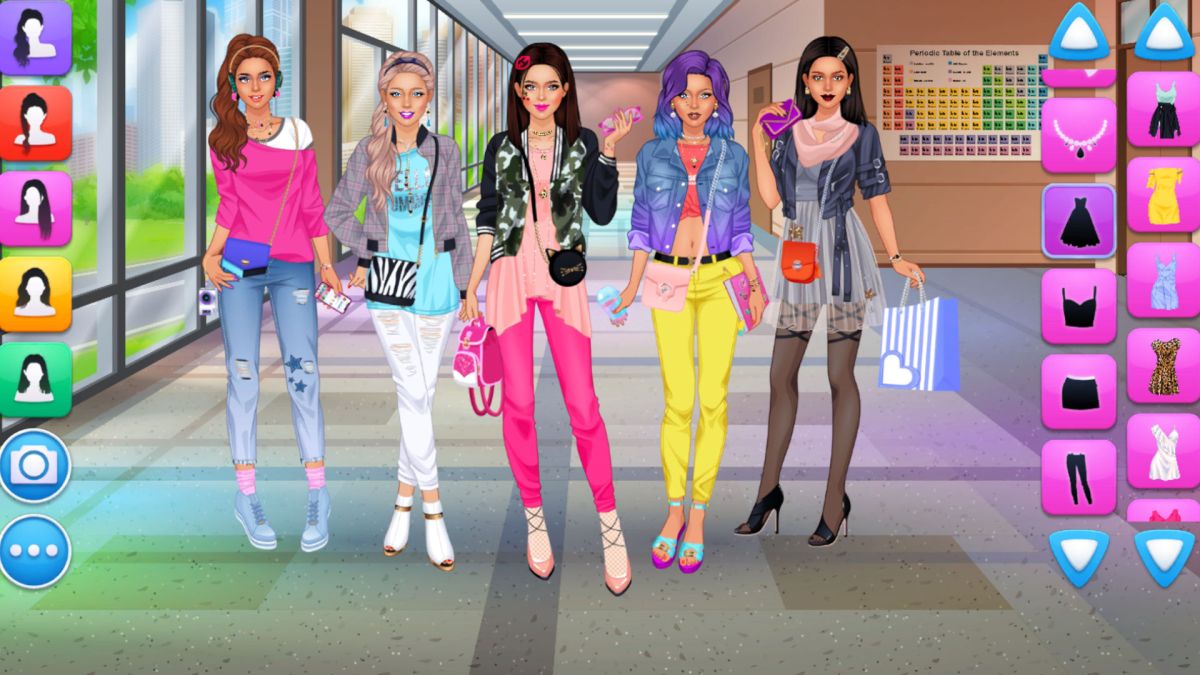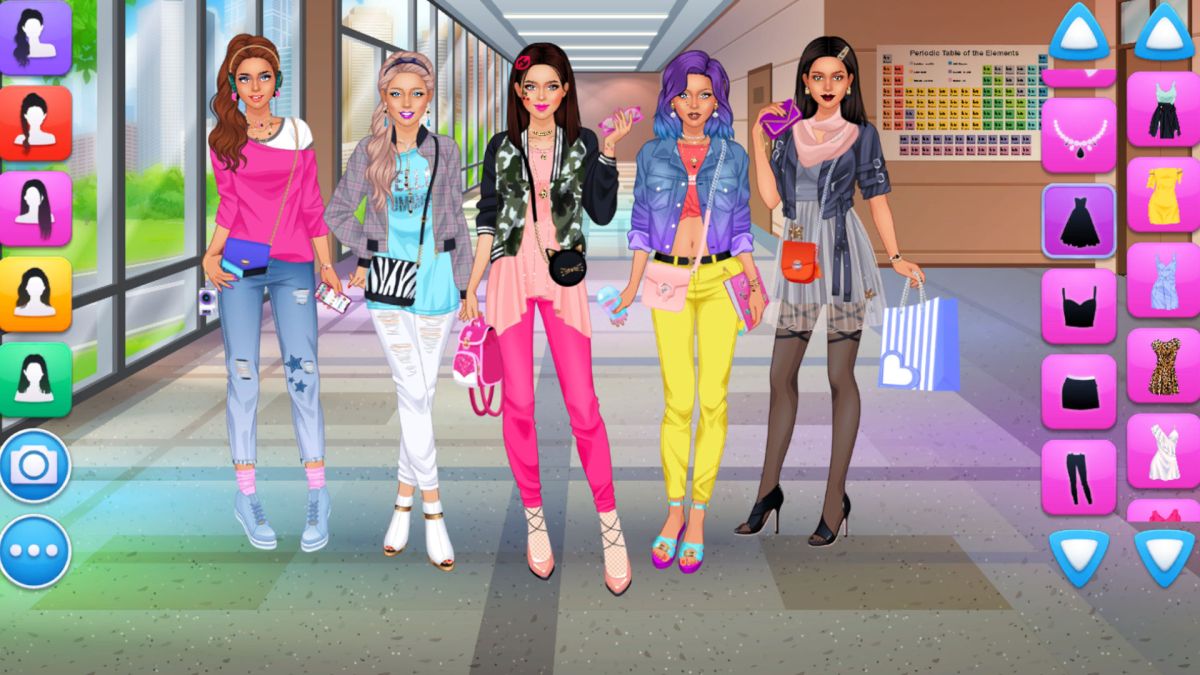Dress coat video game design offers a surprisingly deep dive into character development and world-building. From the subtle nuances of fabric texture to the bold statement of a particular color, the humble dress coat transcends mere attire, becoming a powerful symbol in various game genres. We’ll explore how different game styles utilize dress coats, examining their visual design, symbolic meaning, and impact on player agency.
This exploration will cover iconic dress coats from popular titles, delve into the design process of creating virtual garments, and analyze how these coats contribute to narrative and gameplay. We’ll also consider the potential for innovative gameplay mechanics centered around the dress coat itself, opening up exciting possibilities for future game development.
Game Genres Featuring Dress Coats
Dress coats, symbols of sophistication and often power, appear surprisingly frequently across various video game genres. Their presence significantly impacts character design and narrative, offering a visual shorthand for personality and social standing. This section will explore three prominent genres where dress coats are common, analyzing stylistic differences and the influence of game engines and art styles.
Dress Coats in Action-Adventure Games
Action-adventure games frequently feature characters wearing dress coats, often as a way to balance a sense of sophistication with the need for mobility. The coats might be tailored for combat, incorporating hidden pockets for weapons or reinforced materials for protection. Examples include the trench coats of characters in games like Max Payne or the more stylized coats in titles like The Witcher 3: Wild Hunt.
The game engine and art style greatly affect the coat’s appearance; a realistic engine might render intricate textures and subtle folds, while a stylized engine might emphasize bold colors and simplified shapes.
Dress Coats in RPGs
Role-Playing Games (RPGs) often use dress coats to signify a character’s class, status, or affiliation. The design reflects the game’s setting and tone; a fantasy RPG might feature ornate, embroidered coats, while a cyberpunk RPG might showcase sleek, futuristic designs. Examples include the various customizable coats in Fallout 4 or the distinct styles worn by characters in Dragon Age: Inquisition.
The level of detail varies significantly depending on the game’s engine and art style; highly detailed RPGs might offer numerous customization options for coats, while others may focus on a smaller number of pre-designed options.
Dress Coats in Stealth Games

In stealth games, the dress coat can serve a dual purpose: blending in with the environment and providing a degree of protection. The design often prioritizes functionality and concealment, featuring dark colors and subdued embellishments. Games like Dishonored provide excellent examples of this, with the protagonist’s attire often reflecting their stealthy approach. The game engine’s capabilities in rendering shadows and textures are crucial in enhancing the coat’s role in gameplay.
A high-quality engine can make the coat appear realistically functional and conceal the character effectively.
So you’re designing a dress coat for your video game character? Cool! Think about the character’s personality – are they all “puffing” their chest out with pride, like that confident bad guy? Check out this link to understand the slang meaning of “puffing”: puffing meaning slang. That understanding can help you design a coat that truly reflects their attitude, maybe even adding some details to visually emphasize that swagger.
A New Genre: The Dress Coat Detective
Imagine a new genre, “The Dress Coat Detective,” where the player is a detective whose dress coat is a central gameplay mechanic. The coat features hidden compartments for clues, tools, and disguises. Different coat upgrades unlock new abilities, such as improved stealth, enhanced investigation tools, or the ability to blend seamlessly into different social circles. The core gameplay loop revolves around investigating crimes, gathering clues, and using the coat’s features to solve puzzles and overcome obstacles.
Ever noticed how dress coats in video games often look super sharp? It’s all about the details, and sometimes that means understanding the underlying design choices. To really nail that high-class look, you need to grasp the concept of “swank,” which, as defined by swank meaning , involves a stylish elegance and sophistication. So, next time you’re designing a dress coat for your game, remember swank – it’ll make all the difference!
Dress Coat Design in Video Games
Iconic dress coats have become integral parts of many video game characters’ identities. Their visual details—color, material, embellishments—often communicate crucial aspects of their personality and backstory. This section explores some notable examples and delves into the design process.
Ever wondered about the surprisingly deep world of dress coat video games? You might be surprised by the level of detail and customization some offer! Check out this awesome resource, dress coat video game , to see what I mean. From virtual tailoring to intricate character designs, dress coat video games offer a unique blend of fashion and gaming that’s worth exploring.
So, dive in and discover your new favorite virtual wardrobe!
Iconic Dress Coat Examples
The trench coat worn by Max Payne in the Max Payne series is a prime example. Its worn, dark fabric speaks to his gritty world and the toll it takes on him. In contrast, Geralt of Rivia’s coat in The Witcher 3, though functional, displays a certain rugged elegance, reflecting his professional demeanor and the fantasy setting. The intricately designed coats in Disco Elysium offer a unique blend of visual storytelling and character expression, showcasing the detective’s unique personality through each distinct coat.
Comparison of Dress Coat Designs
| Game | Color | Material | Embellishments |
|---|---|---|---|
| Max Payne | Dark brown/grey | Worn leather | Minimal; some scuffs and tears |
| Geralt of Rivia (Witcher 3) | Dark green/brown | Thick leather, fur trim | Simple metal clasps, worn leather patches |
| Bigby Wolf (The Wolf Among Us) | Dark grey/black | Thick wool | Large, visible buttons; collar |
| Agent 47 (Hitman) | Dark suit with various overcoats | High-quality wool or similar | Minimal, often tailored for stealth |
| Disco Elysium protagonist | Varied, reflects character choices | Varied, reflecting condition and choices | Varied, reflecting character choices and condition |
A New Dress Coat Design
For a fictional detective in a neo-noir cyberpunk setting, I envision a coat crafted from a dark, almost iridescent, synthetic material. The color palette would be deep blues and purples, shifting subtly in different lighting. Unique features would include built-in holographic projectors capable of displaying various disguises, and hidden compartments for cybernetic tools and data chips. The collar would be high and structured, offering protection from the harsh elements and a sense of mystery.
The Symbolic Meaning of Dress Coats in Games: Dress Coat Video Game
The symbolic meaning of a dress coat in video games is highly contextual. It can represent status, personality, or even rebellion. This section explores how the color, style, and condition of a coat convey crucial information about the character and the narrative.
Symbolism Across Contexts
In a fantasy setting, an ornate, embroidered dress coat might indicate nobility or magical prowess. In a gritty, realistic setting, a worn, patched-up coat could represent hardship and resilience. In a futuristic setting, a sleek, high-tech coat might represent advanced technology or social standing. The same garment can hold different meanings depending on the game’s world and the character wearing it.
Color and Style as Indicators

The color of a dress coat can significantly impact its symbolic meaning. Dark colors like black or grey often represent mystery, power, or even danger. Brighter colors might signify optimism, flamboyance, or even naivety. The style of the coat—whether it’s tailored, loose-fitting, or embellished—can also reveal aspects of the character’s personality or social status. A perfectly tailored coat suggests sophistication and wealth, while a loose, practical coat might suggest a more down-to-earth personality.
Representing Power and Rebellion
Dress coats can represent power in various ways. A long, flowing coat might suggest authority and elegance, while a more militaristic style might signify strength and control. Conversely, a character might use their dress coat to represent rebellion against societal norms. A deliberately unconventional or damaged coat can be a visual statement of defiance or individuality, challenging established power structures.
Dress Coats and Player Agency
The inclusion of dress coats as customizable options significantly impacts player immersion and engagement. This section will explore the effects of varying levels of customization on player experience and propose a system for integrating dress coat customization into gameplay.
Customizable Options and Immersion
Offering players the ability to customize their character’s dress coat can dramatically enhance immersion. The ability to choose colors, materials, and embellishments allows players to express their creativity and create a character that truly reflects their personal style. This level of control makes the character feel more personal and relatable, increasing their investment in the game.
Limited vs. Extensive Customization
A limited selection of dress coats can still be effective, particularly if the choices are well-designed and thematically appropriate. However, an extensive customization system, offering a wide range of options and potential combinations, tends to lead to greater player engagement and replayability. Games like Fallout 4, with its vast array of clothing options, provide a strong example of how extensive customization can positively influence player experience.
In contrast, games with limited choices, while still enjoyable, often lack the depth of character personalization.
A System for Dress Coat Customization
In a new game, players could collect dress coats through various means: completing quests, defeating enemies, or purchasing them from merchants. Each coat would have different stats, affecting attributes like stealth, defense, or charisma. Players could upgrade their coats by adding modifications, such as reinforced materials, hidden compartments, or technological enhancements. This system would allow players to tailor their coats to their preferred playstyle, further enhancing immersion and engagement.
Illustrative Examples of Dress Coats in Video Games
This section provides detailed descriptions of three dress coats from different video games, focusing on texture, pattern, and visual appeal, highlighting how these elements contribute to the overall character design and narrative.
Coat 1: The Detective’s Trench Coat

Imagine a classic trench coat, the kind seen in countless film noir movies. The fabric is a heavy, water-resistant gabardine, dark grey in color, with a slightly rough texture. The coat is long, reaching almost to the wearer’s ankles, and features a large, notched collar that can be turned up for added protection from the elements. The buttons are large and dark, and the coat has a belted waist for a more streamlined fit.
The overall impression is one of classic sophistication and understated mystery.
Coat 2: The Cyberpunk Executive’s Coat
This coat is a sleek, futuristic design, crafted from a smooth, almost metallic-looking synthetic fabric. The color is a deep, almost electric blue, with subtle highlights that shift in different lighting conditions. The coat is tailored to a slim fit, with sharp lines and angular details. It features hidden pockets and compartments, suggesting advanced technology and functionality. The overall effect is one of polished elegance and subtle power.
Coat 3: The Fantasy Warrior’s Coat
This coat is made from thick, rugged leather, dark brown in color, with visible stitching and wear marks. The leather is treated to be both durable and water-resistant. The coat is decorated with simple, functional embellishments, such as reinforced shoulders and elbow patches. The overall design is practical and functional, suggesting a character who prioritizes durability and protection over ornamentation.
The worn texture conveys a sense of age and experience.
A Scene Featuring a Dress Coat
Rain lashed against the grimy windows of the detective’s office. He sat hunched over his desk, the collar of his dark grey trench coat pulled high. The only light came from a flickering desk lamp, casting long shadows across his weathered face. A crumpled photograph lay on the desk, depicting a victim in a similar coat but with a bloodstain across the chest.
The detective ran a hand through his hair, the faint scent of rain and old tobacco lingering in the air. The weight of the case, and the symbolism of the identical coat, pressed heavily upon him.
Creating a 3D Model of a Dress Coat, Dress coat video game
Creating a detailed 3D model of a dress coat involves several steps. First, a base mesh is created, often using a 3D modeling software like Blender or Maya. This mesh is then sculpted and refined to create the desired shape and form of the coat. Next, UV unwrapping is performed to prepare the model for texturing. High-resolution textures are created, incorporating details such as fabric wrinkles, seams, and embellishments.
Finally, the coat is rigged, allowing for realistic movement and animation in the game.
End of Discussion
Ultimately, the dress coat in video games proves to be much more than just clothing; it’s a storytelling device, a character identifier, and a powerful tool for enhancing player experience. By understanding its design, symbolic weight, and impact on gameplay, developers can leverage this seemingly simple element to create richer, more engaging virtual worlds. The possibilities for creative expression and innovative gameplay mechanics surrounding the humble dress coat are vast and waiting to be explored.
Frequently Asked Questions
What software is typically used to create 3D models of dress coats for video games?
Popular choices include Blender, Maya, 3ds Max, and ZBrush, each offering different strengths and workflows.
How does the weight and material of a virtual dress coat affect gameplay?
Heavier coats might slow movement speed in some games, while lighter, more flexible materials could allow for more agile actions. The material can also affect interactions with the environment.
Are there any ethical considerations in designing virtual clothing, such as dress coats?
Yes, cultural sensitivity and avoiding the appropriation of real-world clothing styles are crucial aspects to consider. Respectful representation is key.
